| Structure | Name/CAS No. | Articles |
|---|---|---|
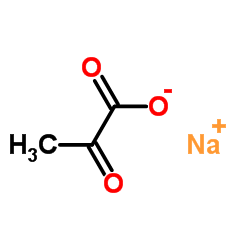 |
Sodium 2-oxopropanoate
CAS:113-24-6 |
|
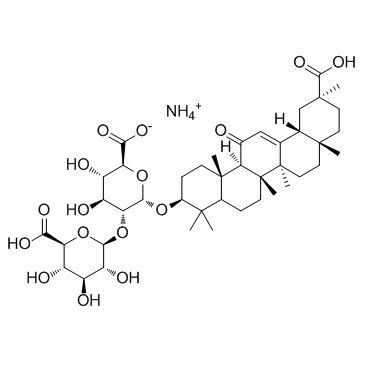 |
Glycyrrhizic acid ammonium salt
CAS:53956-04-0 |
|
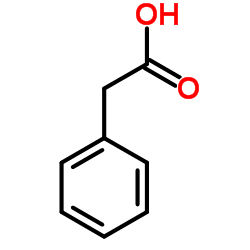 |
Phenylacetic acid
CAS:103-82-2 |
|
 |
Bis-tris methane
CAS:6976-37-0 |
|
 |
Oxaliplatin
CAS:61825-94-3 |
|
 |
HEPES
CAS:7365-45-9 |
|
 |
L-Glutamine
CAS:56-85-9 |
|
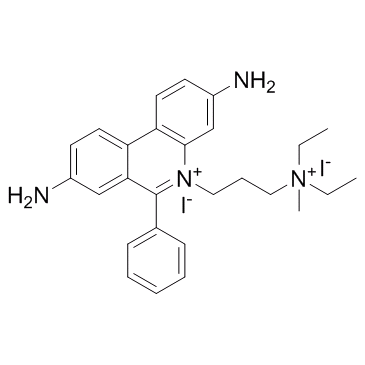 |
Propidium Iodide
CAS:25535-16-4 |
|
 |
Ethylenediaminetetraacetic acid
CAS:60-00-4 |
|
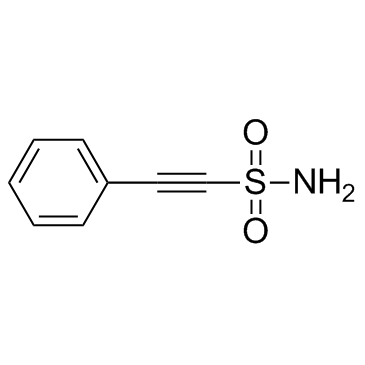 |
Pifithrin-µ
CAS:64984-31-2 |